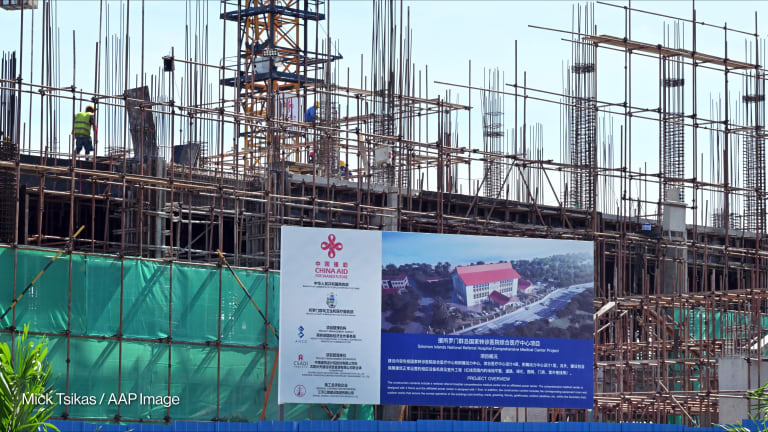Much has been said about China’s growing development assistance to — and influence in — Africa and Asia. What hasn’t been discussed as much is the East Asian behemoth’s rising spending in the Pacific, where Beijing is poised to become its third-largest donor.
According to data from the Lowy Institute in Australia, China has provided nearly $1.5 billion in foreign aid to the Pacific since 2006, at least $200 million more than what traditional regional powerhouse Japan disbursed to the region between 2006 and 2013.
One widespread criticism of Chinese aid is that the needs of recipient countries and communities are often not taken into account. A more cynical take is that China is using development assistance simply as a tool to expand its economy, using Chinese firms and workers to build infrastructure that would help Chinese businesses expand their markets or reduce their operating costs.








